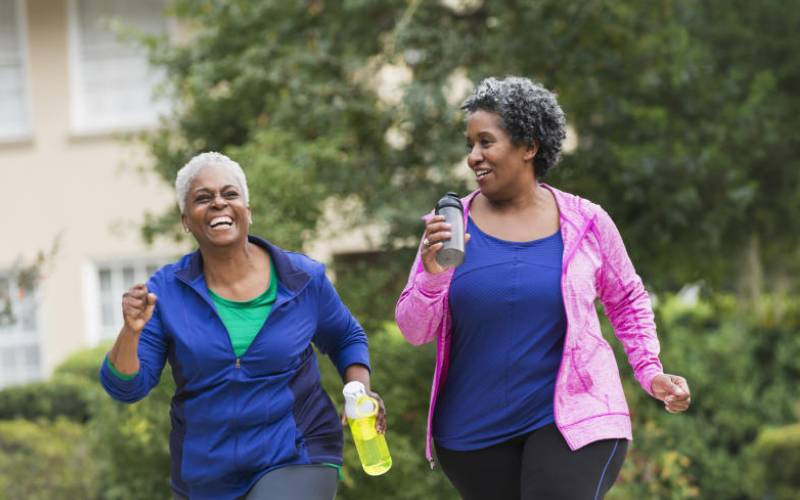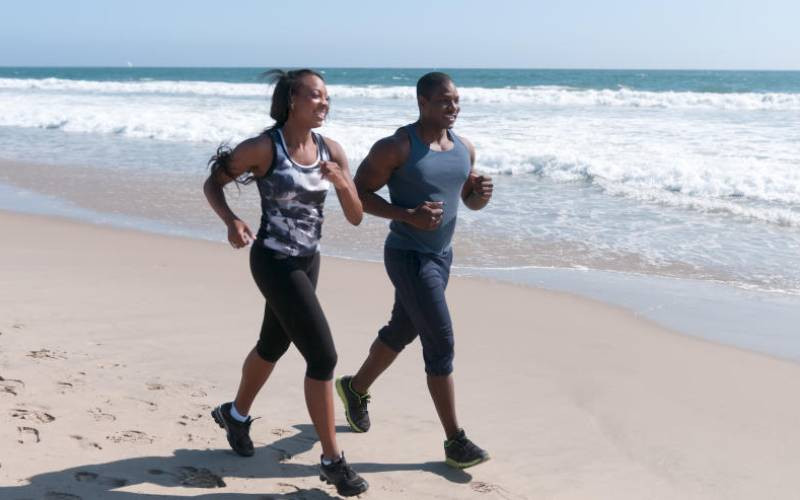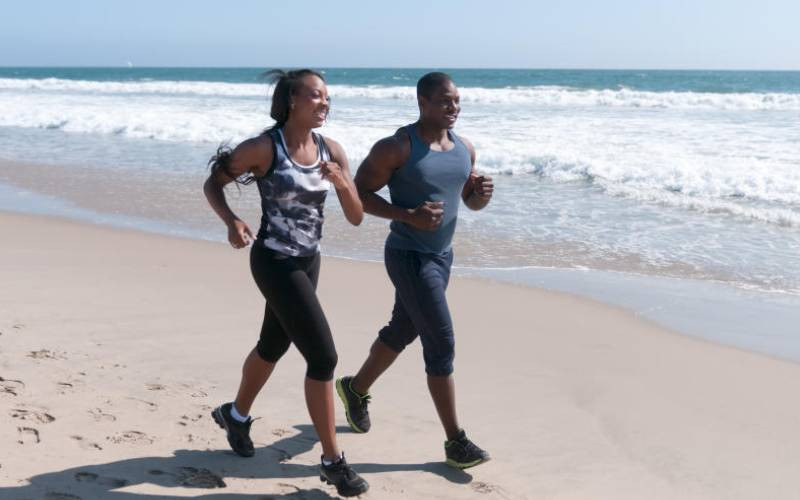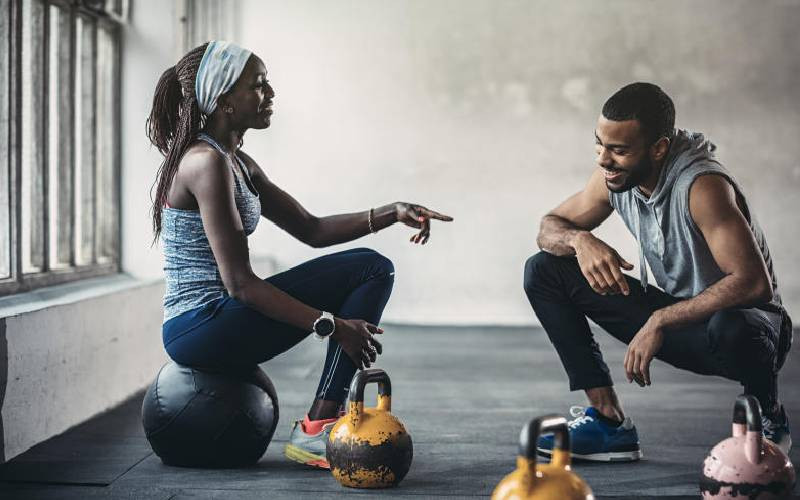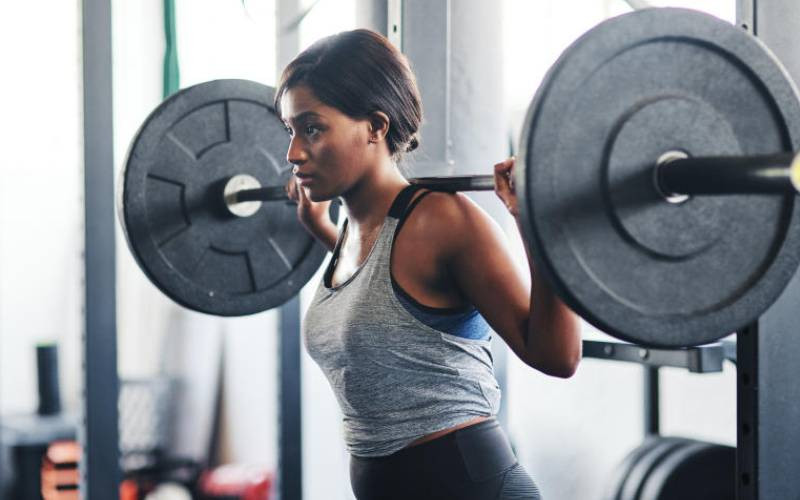
Your glutes are the largest muscle in your body and they work hard to keep you moving through the day, from climbing stairs to sitting in a chair.
Why stretch
Sitting for long periods or not stretching after a workout can make your glutes tight, which can cause:
Lower back pain Knee pain Pelvic pain or instability Tight hamstrings (inability to touch your toes)Stretching your glutes increases your flexibility and range of motion, eases associated discomfort and reduces risk of injury.
When to stretch
- Before exercising:
It is important to warm up thoroughly, followed by some stretching to prepare your muscles for the workout.
- After exercising:
Stretching after your workout improves blood flow to your muscles and helps them recover faster.
- After sitting for extended periods:
Sitting for a long time reduces blood flow to the muscles leaving them tight and stiff; get up at least once an hour, move around and stretch.
How to stretch
Chair stretchSit in a chair with feet flat on floor. Place left ankle over right knee, letting your left knee drop with gravity.
Place your hands on your left shin and lean forward to deepen the stretch. Hold for 30 seconds and repeat on other side.
Lying knee-to-shoulder stretch
Lie on your back with your legs straight out. Pull your left knee in towards your right shoulder, hold for 30 seconds and repeat on other side.
Pigeon stretchGet on all fours then place your left leg in front of your right thigh and drop your knee so your shin rests on the floor.
Extend your right knee back and down and gently walk your hands forward until you are lying down. Hold for 30 seconds and repeat on the other side.
Seated twist
Sit on the floor cross-legged then rest your right foot outside your left knee.
Place your left elbow outside your right knee and turn to look over your right shoulder, simultaneously pushing away your knee. Hold for 30 seconds and repeat on the other side.
 The Standard Group Plc is a multi-media organization with investments in media
platforms spanning newspaper print
operations, television, radio broadcasting, digital and online services. The
Standard Group is recognized as a
leading multi-media house in Kenya with a key influence in matters of national
and international interest.
The Standard Group Plc is a multi-media organization with investments in media
platforms spanning newspaper print
operations, television, radio broadcasting, digital and online services. The
Standard Group is recognized as a
leading multi-media house in Kenya with a key influence in matters of national
and international interest.

